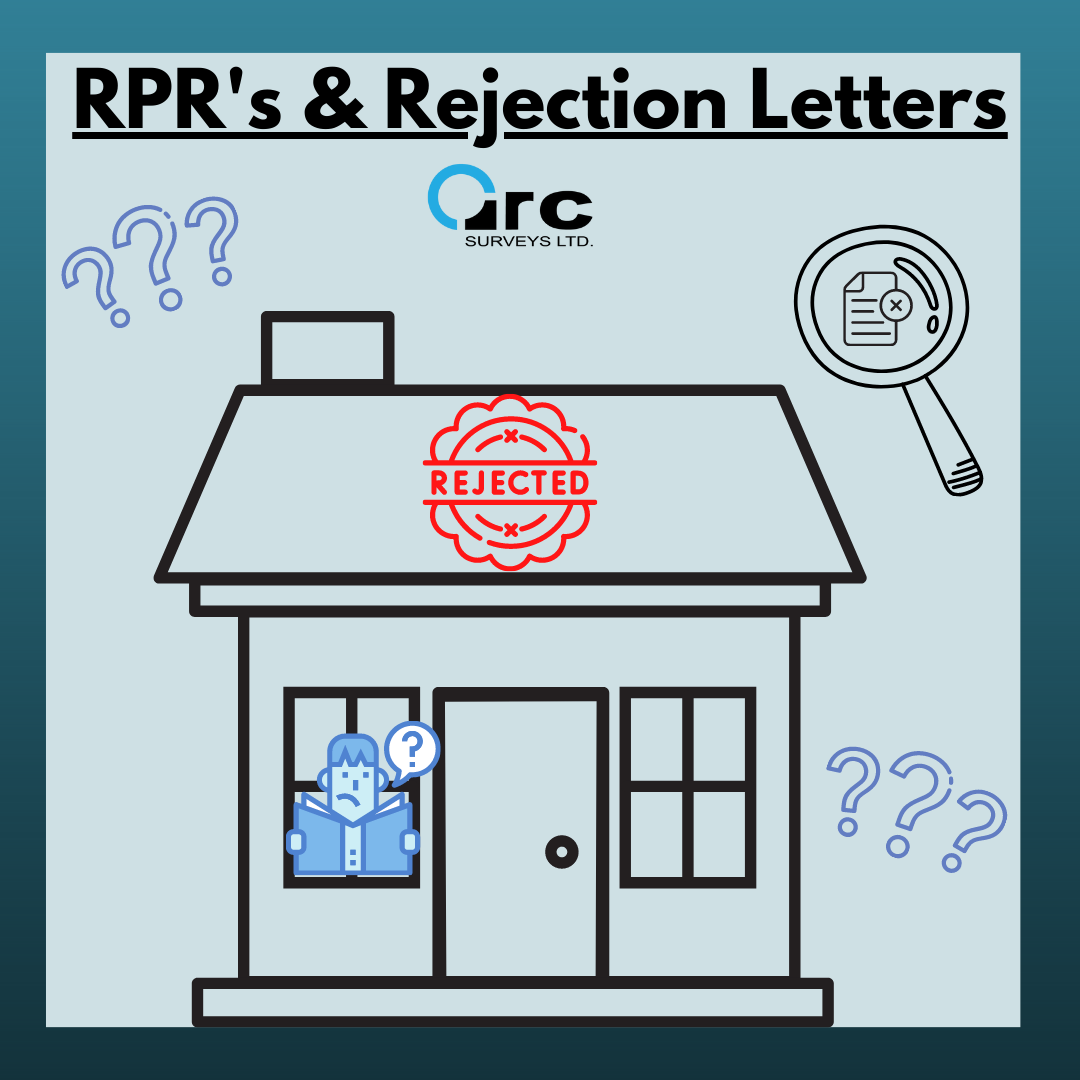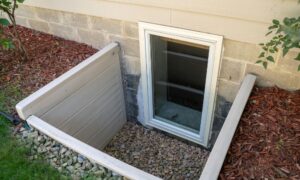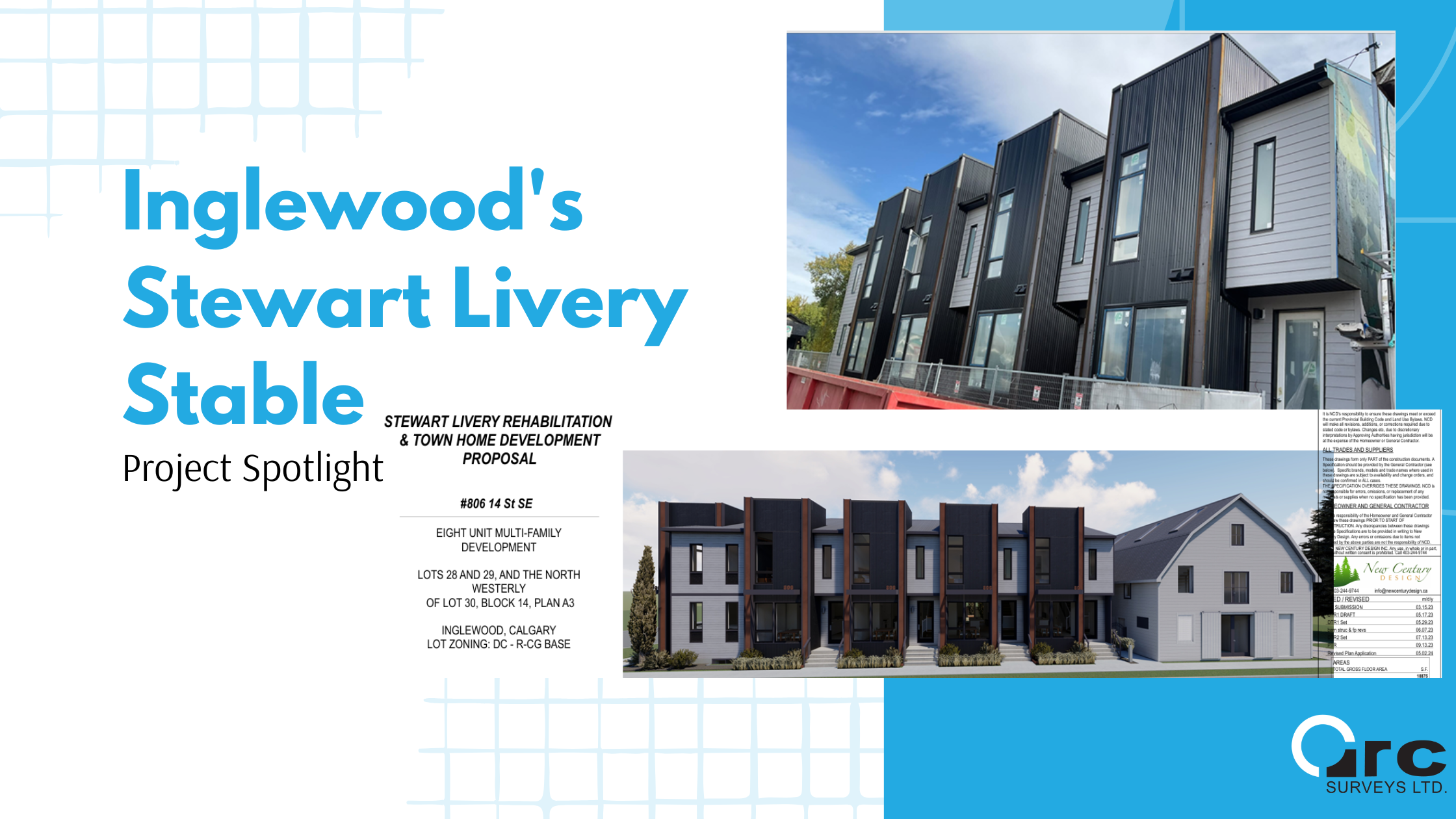If your real property report is needed for the sale of your property, it will need to go through the compliance review with your municipality. This means that all placements and measurements of all permanent structures on your lot will require an official review to ensure that they are not causing any illegal bylaw infractions. Unfortunately, in some cases, having structures on your property that do not comply to your City’s Land Use Bylaws will be deemed non-compliant and receive a rejection letter.
The Rejection Letter.
If there are any discrepancies noted during the compliance review that would be considered breaches of the current Land Use Bylaws, the RPR will be considered non-compliant, and a rejection letter will be issued to the applicant via email.
This letter will outline which structures or buildings on the property that are in breach of the Land Use Bylaws and are prohibiting your RPR from receiving compliance.
Why did my RPR receive a Rejection Letter?
Some common issues that attribute to rejection letters can include over-height or covered decks, attached pergolas constructed too close to the property line and window wells extending too far into a side yard.
Some key things to remember when building or installing any sort of permanent structure on your property are the current Land Use Bylaws in affect for your municipality.
Some current bylaws for the City of Calgary include:
- The maximum height for a deck is 1.54m. Deck are also never allowed into side setbacks.
- The minimum distance for window wells to your property line is 0.4m
- Garages, pergolas, gazebos or any sheds over 10sqm need to be 1.0m from the house and 0.6m from the lane or property line if the siding is not maintenance free.
What are the next steps?
If your RPR received a rejection letter – don’t fear! Along with most rejection letters comes the option to enter into a relaxation application with your municipality. This application is essentially a contract made between you and your municipality allowing the structure(s) causing the infraction to remain on the property.
While entering into a relaxation agreement is a fairly simple solution, it always good to note that this process will take additional time to be finalized. Typical timelines to complete a relaxation on a property are approximately 1-2 months. This time frame can fluctuate depending on how busy the market season is. It is always recommended to make anyone associated with the sale of the property (ie. Lawyers, potential buyers etc) aware of this process and timeline.
Once a bylaw has been relaxed for a structure, the development permit for the structure that was in question stays on file with the City forever. There is no need to relax the bylaw again.
Homeowners always have the additional option of removing the structure and re-applying for compliance. If the re-application is made within a six-month period, then the City will not charge a second compliance fee.
Does a Relaxation Application break the bank?
The short answer is: no. There are minimal fees charged when it comes to relaxing a bylaw. If you choose to submit the application through the surveying company the completed the RPR, there may be an additional handling fee. These fees and costs will be made transparent to you, should you choose to process the application this way.
Arc Surveys
Have any further questions regarding rejection letters? Give us a call (403-277-1272) or drop us an email at info@arcsurveys.ca. We’ll help you get a better understanding on how to get the best information towards completing your Real Property Report.








